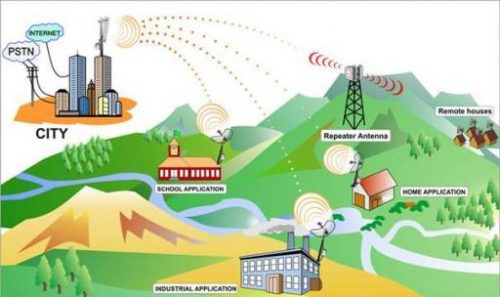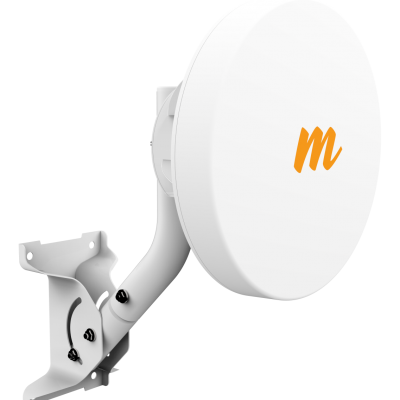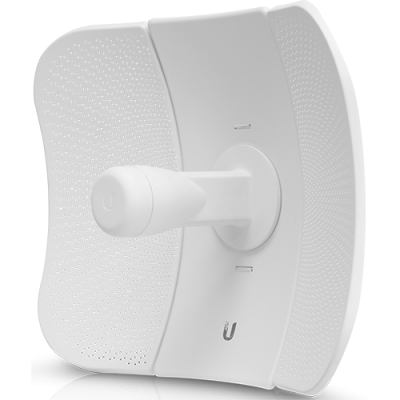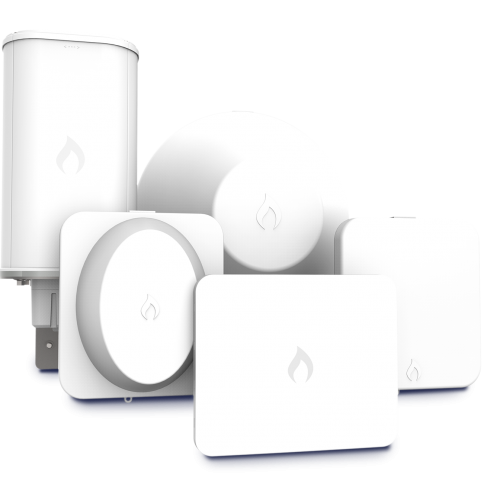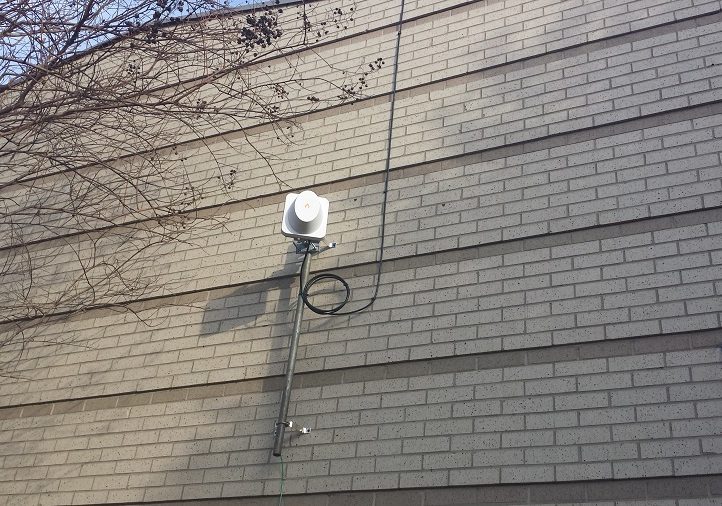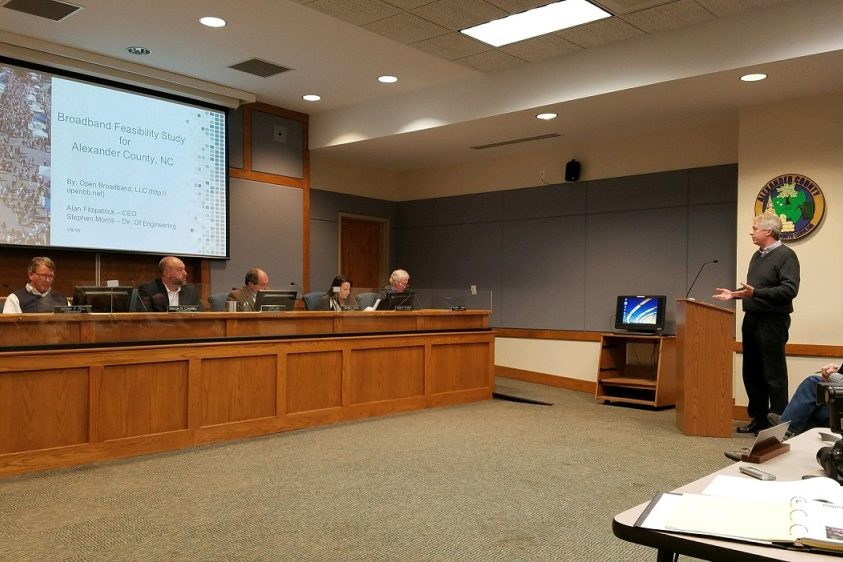
Fixed wireless broadband is high-speed internet access in which connections to service providers use radio signals rather than cables. Several different forms of fixed wireless broadband are available to residential and business customers.
Internet users who might prefer fixed wireless include people in areas that lack fiber optic cable, DSL or cable television lines. They can still enjoy broadband internet access via a wireless service that can beam the connection straight to where it needs to go.
Fixed wireless services usually support speeds upward of 50 Mbps. Like most other internet access technologies available for home users, fixed wireless internet providers usually do not enforce data caps. However, due to the technology involved, fixed wireless internet service is often more expensive than traditional technologies such as DSL.

